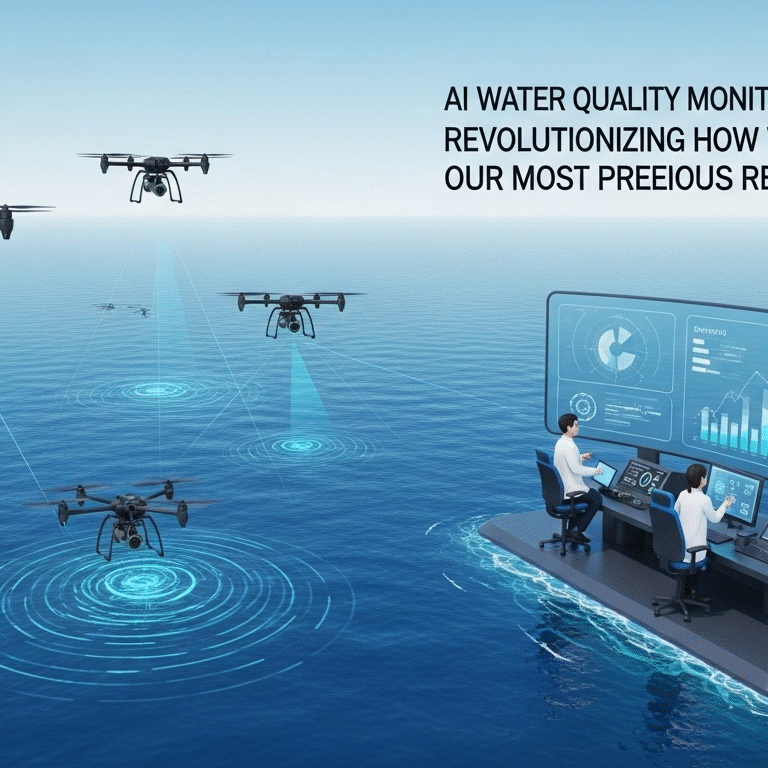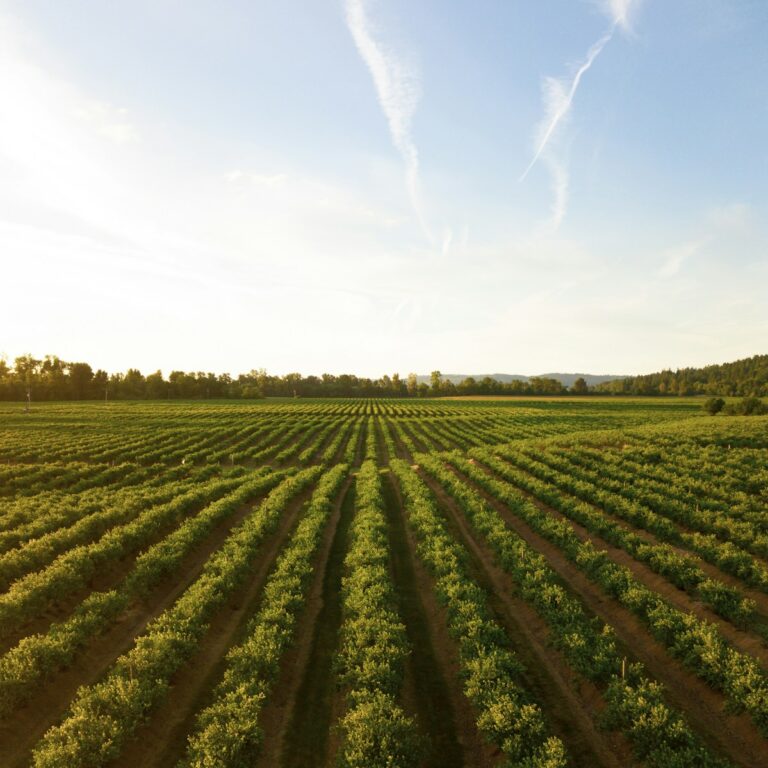
🌾 Introduction: A New Era for an Ancient Industry
Agriculture is as old as civilization itself, yet it’s undergoing one of its biggest revolutions in history. From sowing seeds to harvesting crops, technology has always played a role in farming. But now, Artificial Intelligence (AI) is stepping in as a powerful force reshaping how we grow food, manage land, monitor crops, and feed the world.
With a rapidly growing global population, climate change, and resource limitations, the farming industry faces enormous challenges. Traditional methods aren’t enough anymore. Enter AI: a technology that’s helping farmers make smarter decisions, increase yields, reduce waste, and improve sustainability like never before.
🌍 The Role of AI in Modern Agriculture
AI in agriculture refers to the application of advanced algorithms and machine learning models to analyze data, predict outcomes, and automate tasks in the farming ecosystem. It empowers farmers with precise information, saving time, effort, and resources.
Key Areas Where AI is Making a Difference:
- Precision farming
- Crop and soil monitoring
- Pest and disease detection
- Automated irrigation and fertilization
- Weather forecasting and planning
- Livestock monitoring
- Supply chain optimization
Let’s break each of these down and understand how AI works behind the scenes and how it helps in the real world.
🌿 Precision Farming: Less Guesswork, More Growth
🦄 What is it?
Precision farming involves using AI to analyze data from satellites, drones, sensors, and farm machinery to make farming more accurate and controlled.
👨🌾 Real Example:
A wheat farmer in Australia uses AI-powered software that analyzes satellite images to determine which parts of the field are underperforming. The system then recommends targeted fertilizer applications, increasing yield and saving costs.
🔬 Technology Involved:
- Computer vision to analyze drone images
- Machine learning to predict crop yields
- GPS-guided tractors for accurate planting and spraying
Result: Higher yields, reduced waste, and more sustainable farming.
🌱 Crop and Soil Monitoring: Know Your Land
AI can assess soil health and monitor crop conditions in real-time. Sensors embedded in the soil collect data on moisture, nutrients, and pH levels. AI systems analyze this data and guide farmers on when and how to irrigate or fertilize.
🔜 How it Helps:
- Detects nutrient deficiencies
- Predicts irrigation needs
- Tracks crop growth stages
🙌 Use Case:
In India, AI-powered soil sensors helped farmers reduce water use by 35% during dry seasons by recommending optimized watering schedules.
🐞 Pest and Disease Detection: Fighting the Invisible Enemy
AI systems can detect early signs of crop diseases and pest infestations by analyzing images from drones or mobile apps. Farmers are alerted early, preventing large-scale damage.
🚨 Real Twist:
In Africa, an AI-based app detects signs of fall armyworm infestation on maize leaves using smartphone images. It alerts farmers and suggests organic treatments, saving entire harvests.
🚀 How It Works:
- Image recognition algorithms
- Neural networks trained on thousands of crop disease images
Impact: Reduced pesticide usage, healthier crops, and more secure food production.
💧 Smart Irrigation and Fertilization
Water is a limited resource. AI helps optimize its use by automatically controlling irrigation based on crop type, weather forecast, and soil data. Fertilization is also done precisely, reducing chemical runoff.
📈 Example:
In California, vineyards use AI systems that monitor weather, plant stress, and moisture levels to control irrigation. Result? 25% less water usage and better grape quality.
☁️ AI in Weather Forecasting and Planning
Weather can make or break a season. AI enhances weather models by analyzing massive datasets, improving short-term and long-term forecasts. Farmers receive alerts for droughts, floods, or frosts in advance.
🌧️ Real-World Impact:
A farmer in Bangladesh avoided major crop losses during monsoon season after receiving AI-driven alerts about heavy rainfall, allowing timely harvesting.
💼 Livestock Monitoring and Management
AI isn’t just for crops. Smart collars and cameras monitor livestock health, detect lameness, and track feeding habits. AI systems alert farmers to abnormalities.
😄 Fun Fact:
Some farms use facial recognition for cows to identify individuals and detect stress levels.
Benefits:
- Early illness detection
- Improved milk production
- Lower veterinary costs
🚶️♂️ Labor and Automation
AI-driven robots are now capable of planting, weeding, and harvesting crops.
✨ Example:
Strawberry-picking robots in Japan use computer vision and robotic arms to pick ripe strawberries without damaging them.
Why It Matters:
- Reduces labor shortages
- Improves consistency
- Works 24/7
🚚 AI in the Supply Chain: From Farm to Fork
AI helps forecast demand, track produce, and optimize routes to reduce spoilage. It also helps with pricing predictions and supply planning.
👥 Use Case:
A supermarket chain in Europe uses AI to predict banana ripeness and adjust supply schedules to minimize waste.
🌎 The Global Impact: Feeding 10 Billion People
By 2050, Earth’s population will hit nearly 10 billion. AI in agriculture could be the key to feeding the world without destroying the planet.
Global Outcomes:
- Reduced environmental impact
- More efficient food systems
- Increased food security
🧳 Real Story:
In Kenya, AI platforms are helping smallholder farmers connect directly with buyers, increasing their profits and reducing post-harvest waste.
⚠️ Challenges and Considerations
- High cost of technology for small farmers
- Need for training and digital literacy
- Data privacy concerns
- Dependency on internet and power infrastructure
🙏 Moving Forward:
Governments, NGOs, and tech companies must work together to make AI tools accessible, affordable, and fair for all farmers.
🌟 The Future: Autonomous Farms?
Imagine entire farms run by AI:
- Self-driving tractors
- AI-driven crop rotation planning
- Automatic drone crop spraying
- Blockchain-verified produce tracking
It’s already happening on a small scale. The future is closer than we think.
📆 Conclusion: A Harvest of Innovation
AI in agriculture isn’t just about high-tech gadgets. It’s about empowering farmers with insights, protecting the environment, and ensuring a more resilient food system.
As AI continues to evolve, the ancient art of farming is becoming smarter, greener, and more capable of feeding generations to come.
“Technology alone won’t save agriculture, but in the hands of skilled farmers, it becomes a tool of transformation.”
Next time you eat a fresh apple or sip your morning coffee, remember: AI may have helped it reach your table.



